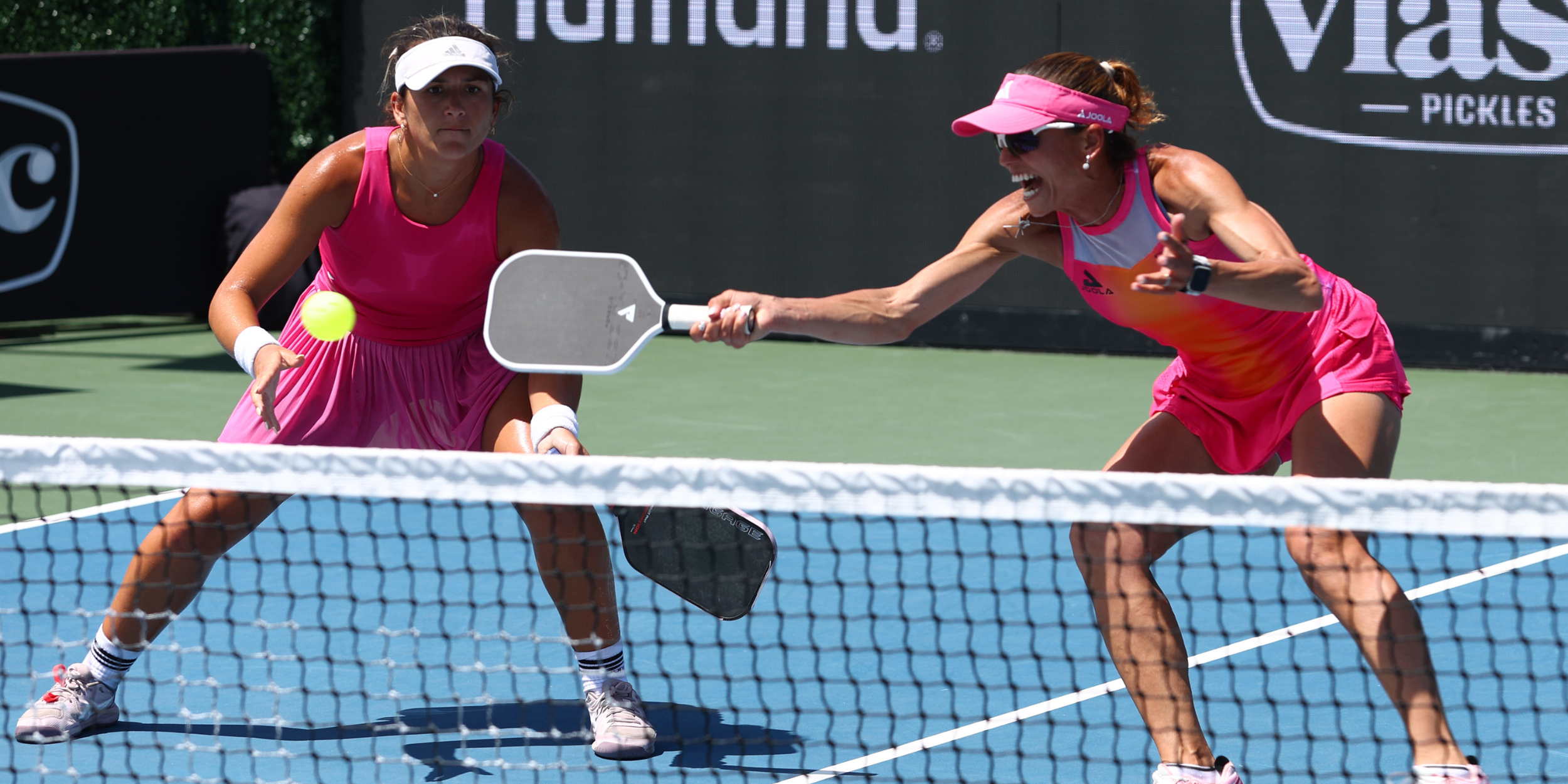Pickleball Strategy: Mastering the Pause to Outsmart Your Opponent
Some call it a “pause.” I often call it a “hold.” It can be called both. Regardless, it does have its place in shaping pickleball points. Holding the 3rd shot for that extra second looking like you might hit, yet again, another drop, and you just explode into a drive. Was your opponent unprepared for that and assuming another drop? Or you are at the kitchen line, looking like you might go cross court for a dink and holding that backswing, then gently hit a masterful, beautiful dink to the backhand of the player directly in front of you. Again, catching them off guard.
Let’s face it—pickleball presents endless options for shot selection. Let’s add this one to your toolbox of pickleball tips!
What Does a “Pause” Look Like?
Picture this:
You're at the kitchen line. The dink rally is getting a bit more upbeat. Not slow like at the beginning of it. Your opponent hits it slightly high. You “hold” as if you are going to put a dink back into the kitchen and then POP! You fire it, catching them off guard. More than likely a defensive block comes back at you for a put away. You can also do this while dinking. Hold it and then hit a nice rolling dink to the feet of your opponent.
Hesitation does not always have to lead to a point right away. It’s a change of tempo—something that disrupts rhythm and keeps your opponent guessing.
Why It Works
Pickleball is all about rhythm. Tempo. Once a player gets in the groove, they become that steady, head-bobbing beat of a Tupac song. West Coast shout out.
Dink, dink, drive, lob, boom. If you can break that rhythm, even for a second, you’ve taken control.
Control the tempo = Control the point.
A pause can create uncertainty for your opponent. They might:
Rush their shot.
Overcommit to a direction.
Pop the ball up in panic, more from lack of preparation than pressure.
Photo by The APP
Be Cheeky, Be Confident, & Enjoy the Feeling of Not Feeling Rushed
Let’s be honest: there’s something a little saucy and cheeky about mastering the pause. It’s smooth. It’s confident. It says, “I don’t need to rush. I’m in charge here.” The same way someone sips their coffee on the balcony in the morning looking at the sunrise over the ocean.
No Rush. Take it in.
Use It Wisely and Intentionally…Not Like You Were NOT Sure What to Do
The key is intentional hesitation. Not confusion over your shot, and definitely not the kind of regret you feel after adding extra chili flakes to your pizza after finishing the regular slices… then walking downtown at sunset with no bathroom in sight. You get the idea.
You’ve got to commit to the pause, and it needs to be well-timed, subtle, and executed with confidence. That’s what makes it an effective part of your pickleball strategy, especially for players working to improve their mental game on the court.
Tips to Pause Like a Pro:
At the Kitchen Line: Let fastballs come to you. Don’t stab at it—ABSORB it. Then redirect.
On the Return: Hold the backswing just before your swing forward. Give them that extra time to not be able to read what you are doing. Do they think you’re about to drive it? Do you have that mean mug expression like you want to just rip it? Sure—keep that expression, but then drop it.
During a Dink Rally: Slow things down. Vary your timing. Breathe. Make them feel the silence. This will help you control the tempo and stay focused. Once in a while, try holding the backswing and give it a little flip. Especially after a longer dink rally where you might seem complacent. Sometimes that will work to catch them off guard, leading to a higher defensive shot where you can put it away. Not a smart shot if you are down. It’s a shot where you’re comfortable, loose, and ready to be aggressive.
After a Great Point: Hold your paddle still after your follow-through. Lock eyes. Not a stare down, just a little, “Hey, that was pretty damn awesome, wasn’t it?!”
The Pause Recap
Pickleball is part sport, part social experiment, part flirtatious duel with a stranger over 50. If you can master the pause, you don’t just play better—you play smarter. You start messing with minds, shake confidence, and control the rhythm and tempo of points.
So next time you step on the court, don’t just react. Be intentional. Use the pause to shift momentum, disrupt rhythm, and improve your pickleball game—one cheeky moment at a time.


